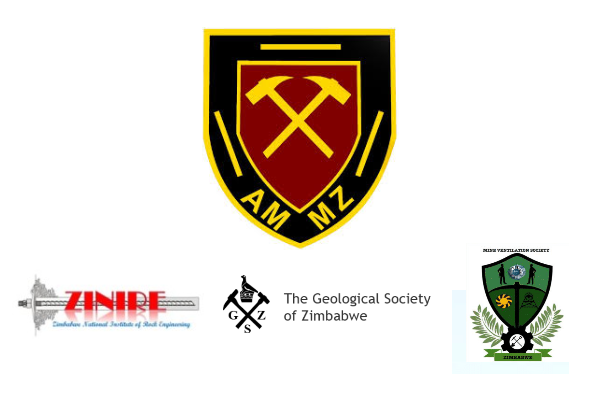The mining industry is undergoing a profound transformation as traditional methods of geological data collection, analysis, and interpretation are being revolutionized by digital technology. What once required manual fieldwork and extensive on-site analysis is now being streamlined through the digitization of geological data, bringing efficiency and accuracy to mining operations, Mining Zimbabwe reports.
By Rudairo Mapuranga
Speaking at the Association of Mine Managers of Zimbabwe (AMMZ) Annual General Meeting in Bulawayo last week, Stephen Duma, a representative of the Geological Society of Zimbabwe, emphasized the critical role digital data plays in mining operations, stating that it benefits both small-scale and large-scale miners.
“We have what it takes in the country to assist people at all levels to understand geology and improve their controls. From the most advanced mines to smaller operations, we can help digitize geological data and make it accessible to everyone,” Duma said.
Transforming Operations with Digital Data
The shift from physical data storage, such as paper field notebooks and rock samples, to digital platforms is transforming mining operations in several key ways. Digital data not only improves accuracy by reducing the risk of human error but also allows for real-time updates and adjustments, enabling mine managers to make more informed decisions without frequent site visits.
One of the most significant benefits of this digital transformation is the enhanced accessibility of geological data. Mining teams, researchers, and stakeholders can access and share data remotely, facilitating collaboration across multiple locations and speeding up decision-making processes.
Duma noted this capability, explaining that it enables mine managers to “make informed decisions from their management camps without even having to visit the site.”
Furthermore, the digitization of geological data accelerates the analysis of vast amounts of information. Advanced software processes large datasets quickly, providing faster insights into mineral deposits and geological formations. These insights are further enhanced by the use of 3D visualization tools, which create detailed models of mine structures, helping managers and engineers better understand the subsurface environment.
“Old mines have lots of data. These drill holes, which can be put into three dimensions, allow mine managers to make informed decisions without needing to re-explore areas that already have extensive geological information,” Duma said, stressing the importance of utilizing existing data.
Key Technologies Driving Change
Several technological advancements are at the forefront of this transformation:
- Geographic Information Systems (GIS): Enables geologists and engineers to map and analyze spatial data, such as mineral deposits and fault lines, with greater precision.
- Remote Sensing Technology: Uses satellite imagery and aerial photography for high-resolution mapping and monitoring of mining sites.
- Global Positioning Systems (GPS): Assists in accurately locating and mapping geological features, ensuring targeted excavation and exploration efforts.
- LiDAR (Light Detection and Ranging): Uses laser pulses to create detailed 3D models of terrain and mining areas, improving planning and monitoring.
- Drones: Equipped with high-resolution cameras and sensors, drones capture detailed images and data from hazardous or hard-to-reach areas, providing safer and more efficient site surveys.
“You don’t need to wait for years, spending large amounts of money. With a budget as low as $5,000 to $10,000, systems can be implemented in any mine, and you can hold the entire drilling database on your phone, allowing real-time interrogation and decisions,” Duma explained, highlighting the accessibility of these technologies.
The Future of Digital Mining
As technology evolves, the future of mining looks increasingly digital. Artificial intelligence (AI) and machine learning are set to play significant roles, enabling more accurate predictions about mineral deposits, operational efficiency, and resource management. The integration of AI into geological analysis could revolutionize the way mines are explored and operated, fostering more data-driven decision-making.
Virtual reality (VR) and augmented reality (AR) technologies will also provide new opportunities. VR, for instance, allows mine managers to monitor excavation phases and visualize operations in real-time without being on-site. Duma pointed out: “Virtual reality allows a mine manager to sit in his office and monitor phases of excavation remotely. With the use of artificial intelligence and big data, the manager’s ability to control and visualize operations is becoming more accessible.”
Empowering Decision-Making
By embracing these technological advancements, the mining industry is unlocking new levels of efficiency and safety.
“The beauty of modern technology is that it brings the mine closer to the manager’s fingertips, empowering them to make better and more informed decisions, ensuring both safety and profitability in mining operations,” Duma concluded.
The digitization of geological data and the integration of advanced technologies are no longer future aspirations but present realities. This transformation is enhancing accuracy and efficiency while opening doors to innovation and growth in the industry. As the digital revolution progresses, the mining sector is poised to play a pivotal role in shaping the future of resource extraction and management.
.png)




